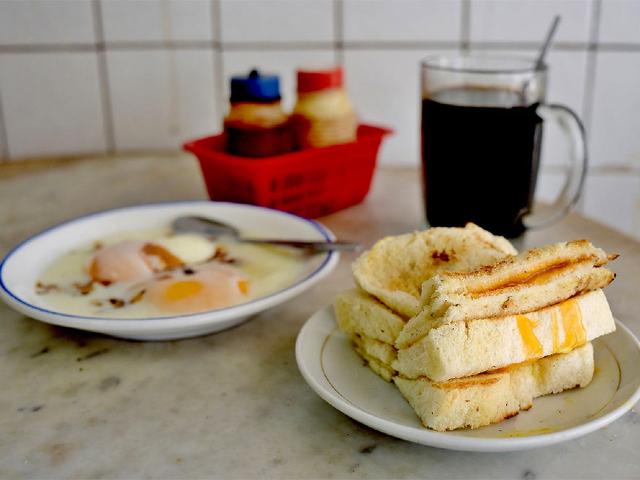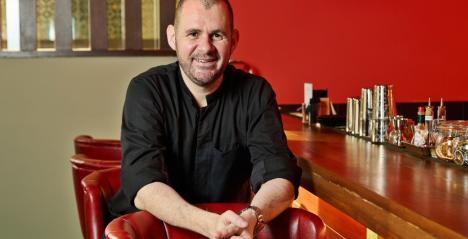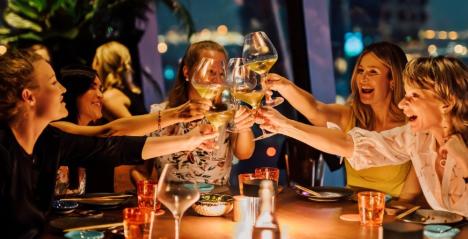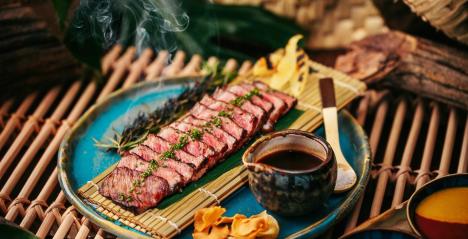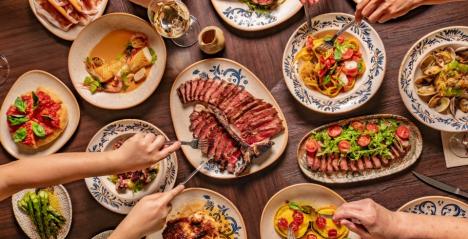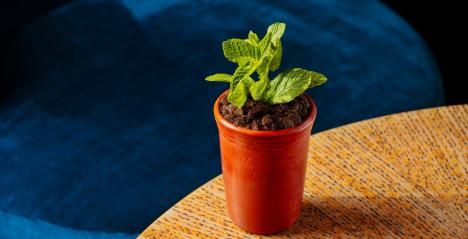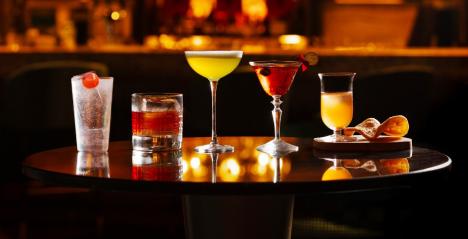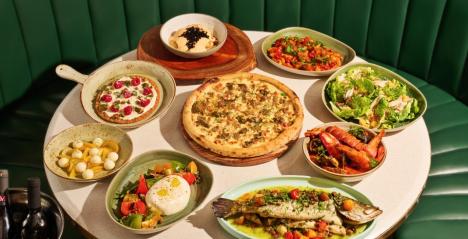On the surface, Kaya Toast is a simple breakfast quick-fix, but old eateries like Heap Seng Leong give it a touch of legacy. Toasting the bread on a charcoal grill, the owner of this place has been around since 1982.
Comments
This place has been here since 1974. Keep your eye out for the icon of this place, Uncle Shi. He is often filmed for making traditional kopi in his white singlet and stripped pajama pants. What’s cool is the toast is still charcoal grilled and the kopi-can is still heated on top of the charcoal brazier.
Some background on lays toast. Kaya toast is a popular & breakfast consisting of two slices of toasted bread filled with kaya (a traditional spread made with sugar, eggs, coconut milk & pandan flavoring). The dish is typically served with a slice of butter & two semi-boiled eggs on the side, paired with a cup of teh (milk tea) or Kopi (local coffee).
Kaya toast is believed to have been invented by Hainan immigrants to the region while working on British ships. It was believed to have been adapted from toast served by the Hainanese when they were working as cooks for the British. Fruit jams that were served with toast was replaced with ‘kaya’ as fruit jams were considered exotic and expensive by the local population during colonial rule.
The dish was known to be served since 1919 in Singapore, with the founding of Kheng Hoe Heng (now known as Killiney Kopitiam) by a Hainanese immigrant and with the founding of Ya Kun Coffeestall (now known as Ya Kun Kaya Toast) in 1944.
Some background on lays toast. Kaya toast is a popular & breakfast consisting of two slices of toasted bread filled with kaya (a traditional spread made with sugar, eggs, coconut milk & pandan flavoring). The dish is typically served with a slice of butter & two semi-boiled eggs on the side, paired with a cup of teh (milk tea) or Kopi (local coffee).
Kaya toast is believed to have been invented by Hainan immigrants to the region while working on British ships. It was believed to have been adapted from toast served by the Hainanese when they were working as cooks for the British. Fruit jams that were served with toast was replaced with ‘kaya’ as fruit jams were considered exotic and expensive by the local population during colonial rule.
The dish was known to be served since 1919 in Singapore, with the founding of Kheng Hoe Heng (now known as Killiney Kopitiam) by a Hainanese immigrant and with the founding of Ya Kun Coffeestall (now known as Ya Kun Kaya Toast) in 1944.

